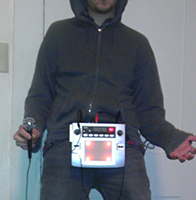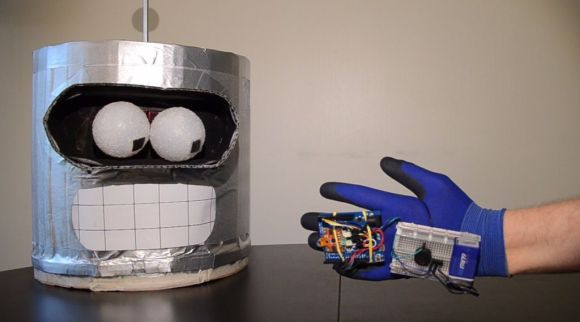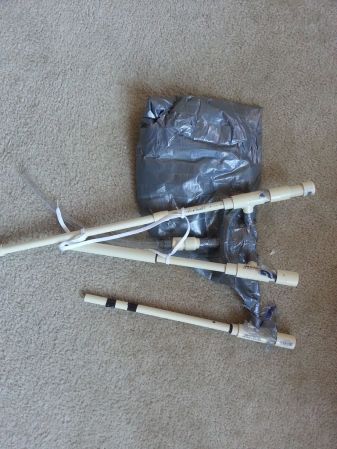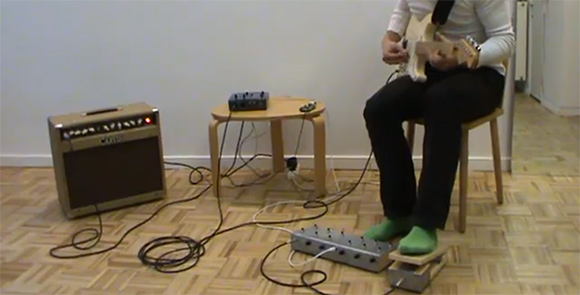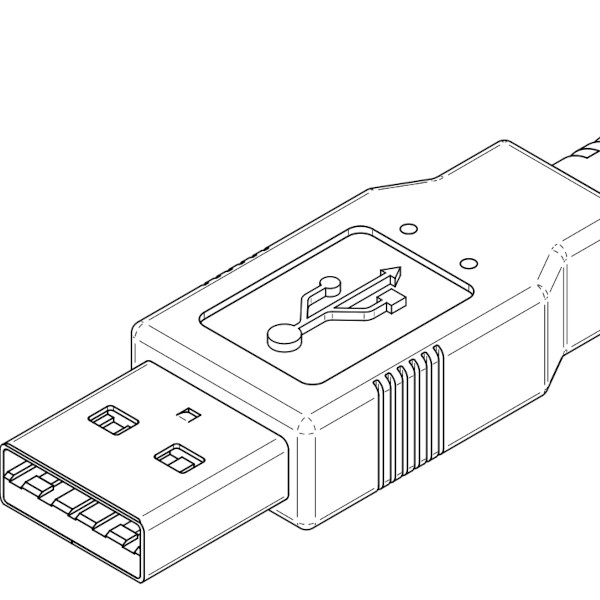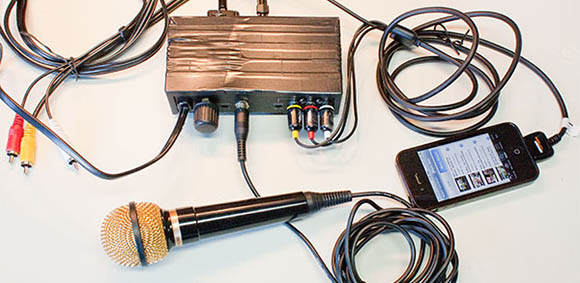
Instead of booking an MC for your next karaoke party, take a look at [Paulo]’s build that turns any iPhone into a karaoke machine.
There are thousands of YouTube videos out there of songs with lyrics – a much more advanced version of the mainstay of any karaoke get together, suitcase full of CDs and a video monitor. The only problem in turning these YouTube videos into a karaoke party is putting a drunken slob into the mix. [Paulo] recently solved this problem with a karaoke mixer that adds a microphone input to any analog audio feed.
But this is only halfway to a karaoke machine. To finish the build, [Paulo] created an amplifier (with a fabulous Manhattan-style PCB) for an iPhone’s audio output. The video output can be sent directly to a monitor, allowing for the full karaoke experience.
Since [Paulo]’s karaoke mixer uses an XLR jack for the mic, it’s still possible to make karaoke worse by adding vocal and other miscellaneous effects.

